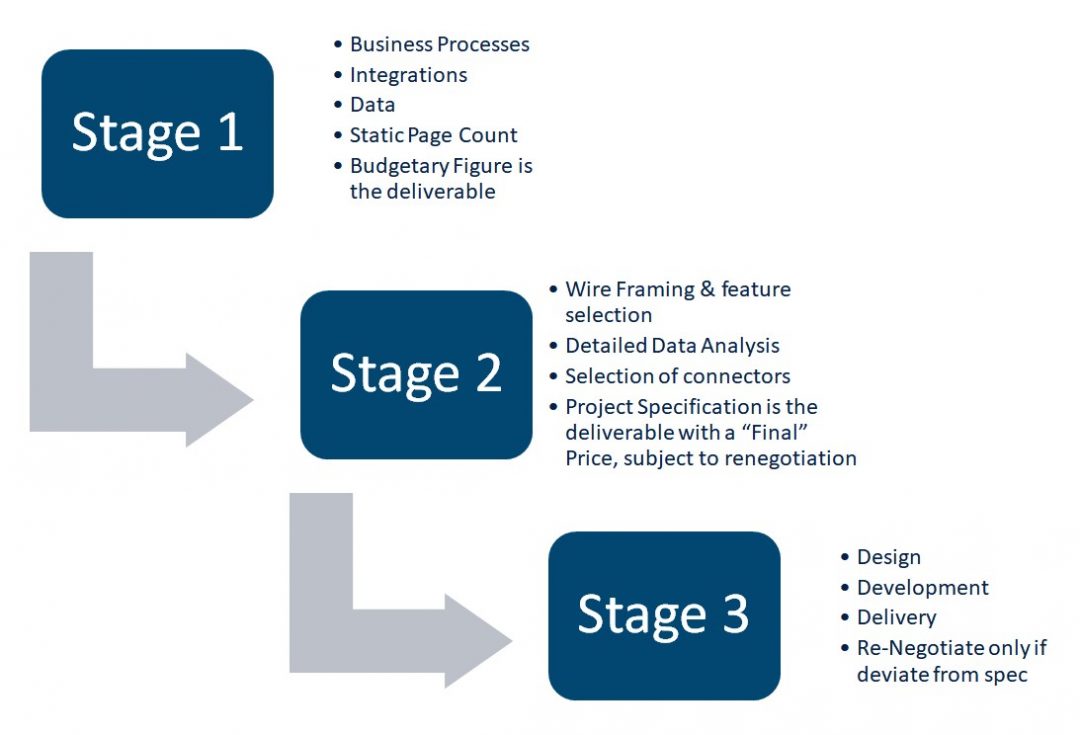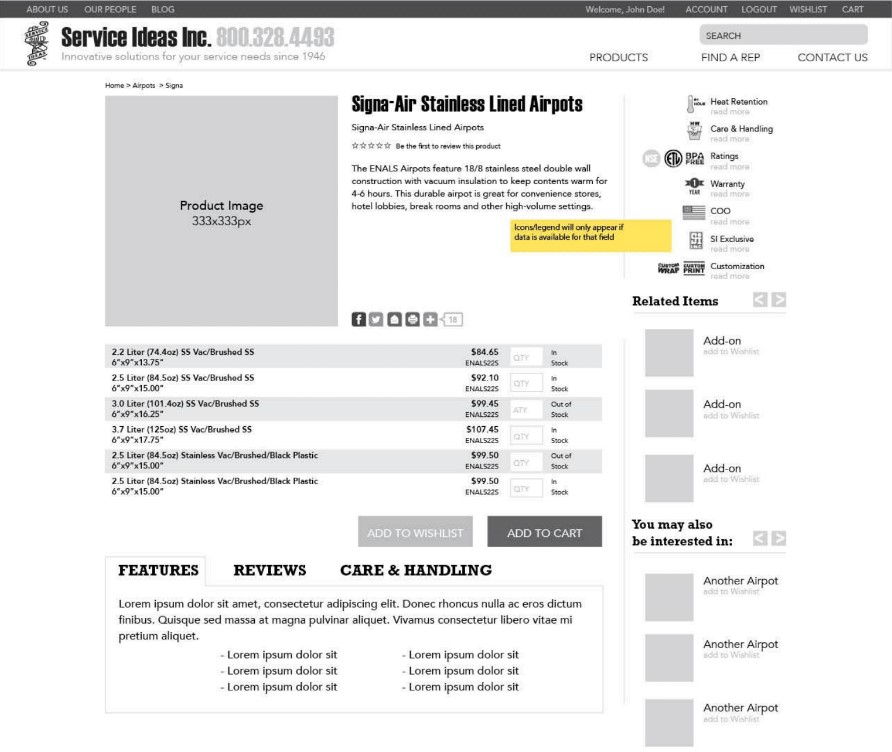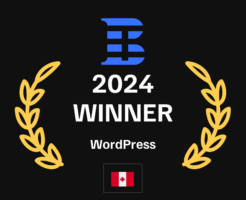Custom E-Commerce Website Solutions for Maximum Online Sales
If you sell a product, either locally, nationally or worldwide, an e-commerce website can automate sales and help you reach clients who can’t or wouldn’t come to your physical premises. An e-commerce website that lets you sell your products and collect funds online is the best way to reach new clients inexpensively.
E-commerce projects vary in complexity and each implementation is unique to your needs and goals. Through experience with many e-commerce projects, we’ve come up with a methodology that works well. Here’s what you’ll need to consider when approaching an e-commerce project.
1) E-Commerce Website Solutions
WooCommerce – Simple, Small Product List
If you have a relatively small set of products with simple needs to sell online, a WooCommerce solution might be best for you. WooCommerce combines the power of a WordPress website with an e-commerce engine. Your shoppers will be able to view your products, add them to a shopping cart and pay online. You can then ship your product. If you sell digital products with nothing to ship, this is an excellent option.
Magento – Complete, Flexible Solution
If you have a large product catalog with more complex needs, Magento e-commerce might be the right option for you. Magento is flexible, powerful and can handle even the most complex e-commerce needs. Magento can handle product catalogs with customizable options, and product variations.
2) Our Process
How Much Will E-commerce Marketing for My Site Cost?
This is probably your first question. In order to answer this with any degree of accuracy, we’ll need to understand a little more about your project.
Having worked on many e-commerce projects, we have developed a system that ensures a successful project both for you and for us.
Each project implementation will be slightly different, according to your specific needs so it’s important that the agency that will be working on your project be as thorough and accurate as possible.
That will ensure the quote is accurate and that there will not be additional costs part way through the project. It will also ensure that the project will be able to be completed within the stated timeframe and that the result will be a high-quality website you’ll be thrilled with. We use a 3 stage process to accomplish that goal.

Stage 1 – Discovery – Investigation & Proposal
To understand the complexity of your needs, determine which e-commerce platform to use, and to put together a budgetary figure that gives you an idea of the scope of the project and cost, we’ll need to understand your data and goals through a discovery phase.
If you have an existing e-commerce system, ERP integrations, or if you’re currently managing your sales on paper and are looking to expand online, we’ll need to look at your systems and goals to understand the following:
- how many SKUs you have that will need to be listed?
- is your product data in an existing e-commerce or inventory system, in Excel or on recipe cards?
- how many product categories you have and what are the differences between categories (custom attributes)?
- whether or not your products are configurable (color, size, etc)?
- are your products grouped and sold as a package/bundle?
- is the product data “clean” (unique SKUs, categorized)
- is the product data complete (related, cross-sells, up-sells defined)
- how often does your SKU data change and if that data comes from a supplier, what format does it come in? Does it require manipulation/cleansing?
- do you have high-quality images of your products?
- do you have suitable descriptions for all of your products
- are there any integrations needed such as with an ERP or POS system
- what order fulfillment system do you plan to use
- what are your reporting needs from the e-commerce system
Since gathering and analyzing this detailed information takes a significant amount of time and effort, this is usually a small paid engagement. The output of this phase is an understanding of the scope of the project, your data needs and a budgetary figure outlining the approximate costs and timeline for the e-commerce project that can be used as an input to the next phase.
This phase is an important step. It makes sure that we don’t give you a cost figure up front without understanding the project scope which invariably leads to price changes mid-project and unhappiness.
You have no obligation to move to the next phase once this phase is complete. Even if you don’t move to the next phase, you’ll have a much more complete understanding of the e-commerce project scope and intricacies to consider.

E-Commerce Wireframe Stage 2 – Detailed Analysis, Scoping & Final Price
With a preliminary understanding of your data and needs, we’ll do an in-depth study of your data and create an implementation plan with milestones and an estimated completion date. This phase will be much more detailed with wireframes and feature selection, a detailed data analysis, selection of integration connectors, a complete project specification and a “final” price, subject to renegotiation.
As with phase 1, you are not obligated to continue to the next phase. You’ll have a complete project spec you can shop around if you want with a very clear picture of what needs to be done and how long it should take
Stage 3 – Implementation
This phase includes the site design, development, and delivery. The price will not change in this phase unless the project scope changes from the spec from phase 2.
This phase also includes several rounds of testing, demonstrations and hands-on reviews with your team to ensure the site functions as expected and has a great user experience.
3) Marketing Your E-Commerce Website
Once your e-commerce website is developed and working, people won’t be automatically drawn to it. There is still ongoing marketing needed to reach your target audience and let them know they can get what they need from your website. This can be accomplished with regular digital marketing services including PPC (pay-per-click) advertising, off-page SEO and social media.
2) Our Step-by-Step E-Commerce Project Implementation Process
The first step is a discussion with our team to understand your business and goals.
Contact us via phone or email to get the discussion about your e-commerce business started.
Are You Ready To Get Started With E-Commerce?







